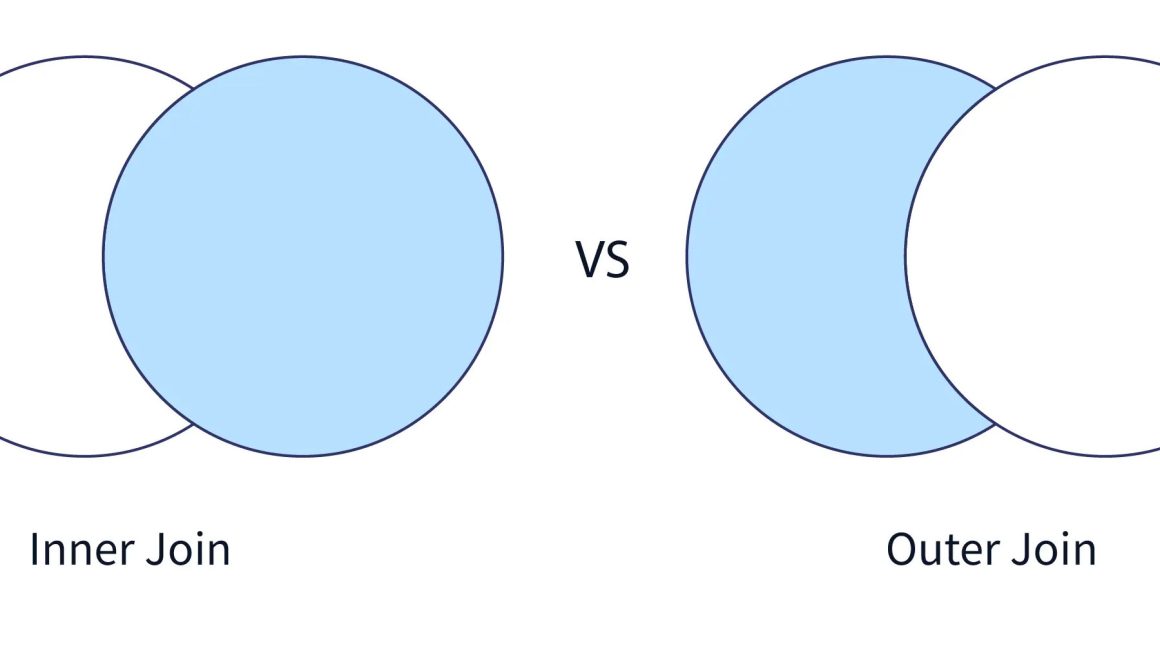Data cleaning, also known as data wrangling, is a critical step in the data analysis process. It involves identifying and correcting errors, fixing inconsistencies, and transforming raw data into a reliable and structured format. Clean data is essential for producing accurate, actionable insights, and this is where Pandas, a powerful Python library, plays a central role. In this guide, we’ll walk through practical techniques for cleaning messy datasets using Pandas.

Setting Up the Environment
Before starting, make sure the required libraries are installed:
import pandas as pd
import numpy as np
Loading the Dataset
Load your dataset using the Pandas read_csv() function:
df = pd.read_csv(‘your_dataset.csv’)
Exploring the Data
Understanding the structure of your data is a vital first step:
# View first few records
print(df.head())
# Dataset summary: column types, non-null counts
print(df.info())
# Statistical summary of numerical columns
print(df.describe())
Handling Missing Values
Missing data can significantly affect the quality of your analysis.
Identify Missing Values:
df.isnull().sum()
Remove Missing Values:
df.dropna(inplace=True)
Fill Missing Values:
df.fillna(method=’ffill’, inplace=True) # Forward fill
Removing Duplicates
Duplicate rows can lead to inaccurate results and should be removed:
df.drop_duplicates(inplace=True)
Correcting Data Types
Ensure each column has the appropriate data type for analysis:
df[‘column_name’] = df[‘column_name’].astype(int)
Standardizing Text Data
Text data often comes in inconsistent formats. Standardizing it is important:
# Convert to lowercase
df[‘text_column’] = df[‘text_column’].str.lower()
# Remove leading/trailing whitespace
df[‘text_column’] = df[‘text_column’].str.strip()
Renaming Columns
Renaming columns can make your dataset more intuitive:
df.rename(columns={‘old_name’: ‘new_name’}, inplace=True)
Handling Outliers
Outliers can skew analysis results. You can identify and filter them using either the IQR method or the Z-score.
Using Interquartile Range (IQR):
Q1 = df[‘column’].quantile(0.25)
Q3 = df[‘column’].quantile(0.75)
IQR = Q3 – Q1
lower_bound = Q1 – 1.5 * IQR
upper_bound = Q3 + 1.5 * IQR
df = df[(df[‘column’] >= lower_bound) & (df[‘column’] <= upper_bound)]
Using Z-Score:
from scipy import stats
df[‘z_score’] = stats.zscore(df[‘column’])
df = df[(df[‘z_score’] > -3) & (df[‘z_score’] < 3)]
Encoding Categorical Variables
Machine learning models require numerical input, so categorical variables must be encoded.
One-Hot Encoding (for tree-based models):
df = pd.get_dummies(df, columns=[‘categorical_column’])
Label Encoding (for ordinal data):
from sklearn.preprocessing import LabelEncoder
le = LabelEncoder()
df[‘categorical_column’] = le.fit_transform(df[‘categorical_column’])
Feature Engineering
Enhancing your dataset with new features can improve model performance.
Creating New Features:
df[‘new_feature’] = df[‘column1’] + df[‘column2’]
Binning Continuous Data:
Group continuous data into intervals:
df[‘binned’] = pd.cut(df[‘column’], bins=5)
Scaling and Normalization
Standardizing data ensures that all features contribute equally to the model.
Standardization (Z-score Scaling):
Used in models like SVM and linear regression:
from sklearn.preprocessing import StandardScaler
scaler = StandardScaler()
df[[‘column1’, ‘column2’]] = scaler.fit_transform(df[[‘column1’, ‘column2’]])
Normalization (Min-Max Scaling):
Useful for distance-based algorithms like k-NN:
from sklearn.preprocessing import MinMaxScaler
scaler = MinMaxScaler()
df[[‘column1’, ‘column2’]] = scaler.fit_transform(df[[‘column1’, ‘column2’]])
Saving the Cleaned Dataset
Once the dataset is cleaned, save it for further analysis or modeling:
df.to_csv(‘cleaned_dataset.csv’, index=False)
Final Thoughts
Data cleaning is a foundational skill for every data professional. With the help of Pandas, you can transform raw, messy datasets into structured, analysis-ready data. By mastering these techniques, you lay the groundwork for accurate insights and better machine learning models.
If you’re looking to deepen your knowledge and gain hands-on experience, platforms like Console Flare offer training by industry experts and real-world projects to sharpen your skills in data wrangling and analysis.
For more such content and regular updates, follow us on Facebook, Instagram, LinkedIn





